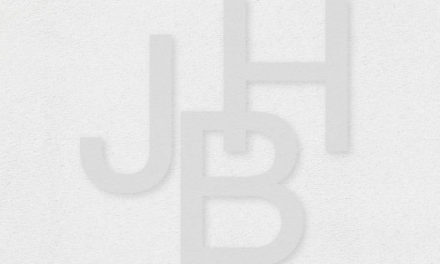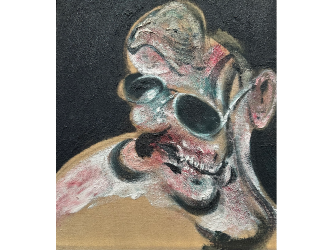An augmented Provence
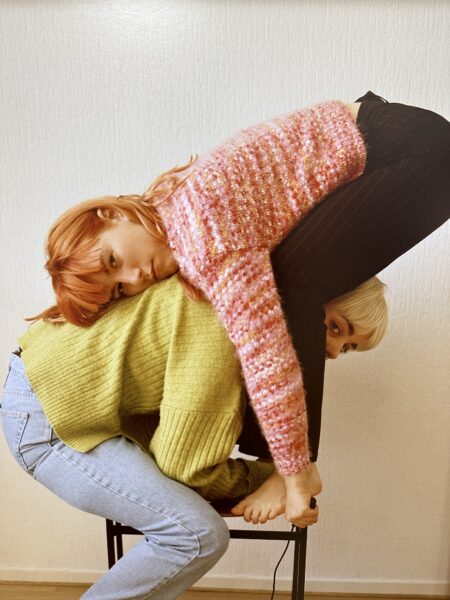
Emma Sarpaniemi
Arles is first and foremost an unusual place, a kind of “augmented” Provence. It is here, for example, that we find exceptional Roman ruins such as the recently renovated site that tourists always forget to visit: the Cryptoporticus. Beneath the town hall there is an underground network of vaults dating back to the 1st century BC.
Christoph Wiesner
This is the place to start your visit to the Rencontres de la Photographie, featuring 100 artists and 30 exhibitions across 12,000m2, orchestrated by its director Christoph Wiesner. For the first time they are making use of this exceptional site, albeit one that is steeped in humidity. As we know, printed paper does not go well with water.
Roman galleries
In these Roman underground galleries, the photographer Juliette Agnel( born 1973) is displaying images of grottoes that echo the Cryptoporticus. She has found a way to cover these large-scale shots with a subtle film of plastic to prevent them from getting damaged. Her images were taken in Burgundy, at a prehistoric site that she immortalizes as a pagan cathedral, with her baroque, erectile sculptures looming out of the darkness. We are bathed in a sense of mystery worthy of the origins of the world.
The black Madonna
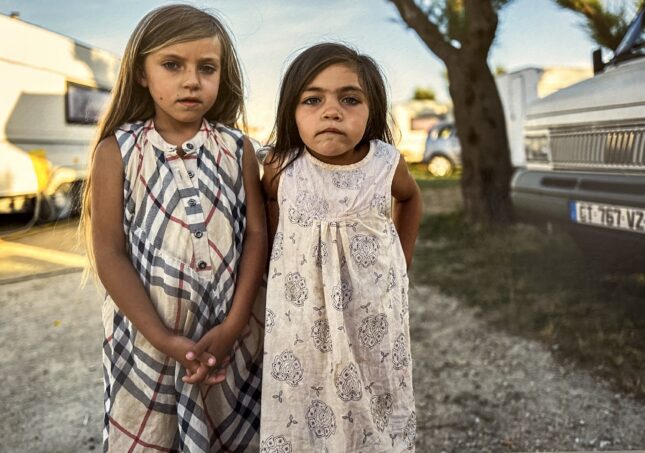
Michèle Brabo
Arles has a considerable “gitan” population which travels once a year, in May, to the neighbouring town of Saintes Maries to celebrate the black Madonna, Marie-Sarah. The pilgrimage has been a subject of fascination for a number of photographers, some of the best known being Erwin Blumenfeld and Sabine Weiss. Inside the very beautiful chapel at the Musée Arlatan there is a display of the work of 18 of them, often depicting children with a piercing gaze who have already been marked by life, and families gathered together captivated by flamenco musicians. A strong display of humanism.
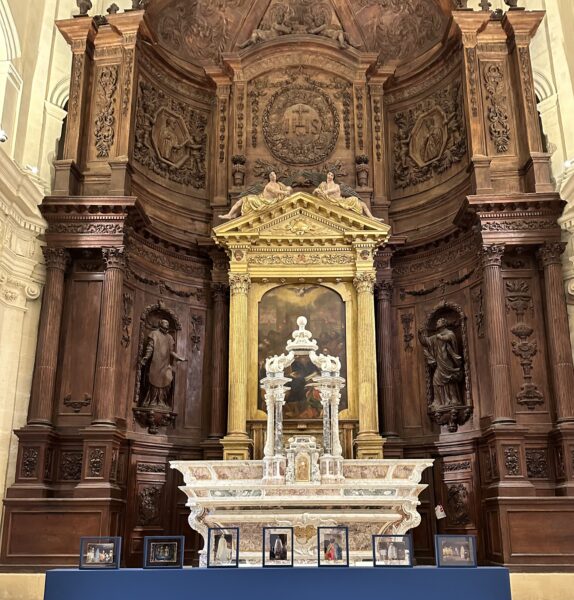
Chapelle du musée de l’Arlatan
Diversity of photos
The interesting thing about the Rencontres is its desire to present photography in all its vast diversity. From documentary photography to the kind referred to as fine art photography, hierarchies are banished here. One can see it as a statement.
Dressing up as model housewives
At the Espace Van Gogh, for example, there is the unveiling of almost three hundred shots from the story of Casa Susanna during the 1950s and 60s. There, out in the countryside not far from New York, a community of men who took pleasure in dressing up as model housewives would gather in secret.
Cross-dressing
In 2004 a large number of photos documenting these clandestine meetings was discovered by two antique dealers. Since then a documentary has been made by Sébastien Lifschitz, using the testimonies of those who remember the site (1). This is the first time that these photos, embodying a strange mixture of the desire for normality and calling for difference, have been exhibited in such large numbers.
It will come as no surprise that the American contemporary artist Cindy Sherman, who is a specialist in self-portraits and cross-dressing, should be the owner of some of these testimonies.
Photo/ cinema
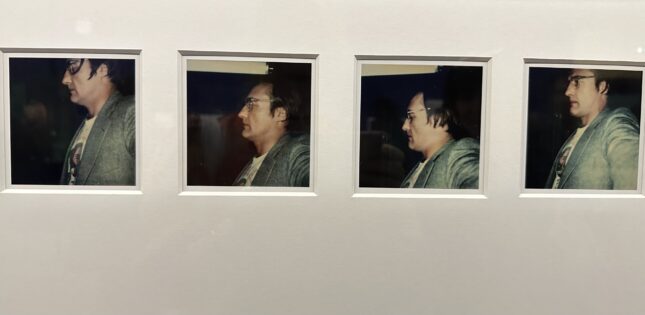
Wim Wenders
Several exhibitions have been dedicated in Arles to the relationship between photography and cinema. The famous director Wim Wenders, who has just made a film about Anselm Kiefer that we await with impatience, reveals around thirty of his polaroids in a very Warholian style at the Espace Van Gogh, which served as part of the preparation for his 1977 film, The American Friend featuring Dennis Hopper. We would have liked to see more ( See here a report with an interview of Wim Wenders).
Agnès Varda
Agnès Varda, the Nouvelle Vague filmmaker and confirmed photographer was completely self-taught as a director (See above the last video interview I did with her). At the Church of St. Trophime we learn that when she was preparing for her 1953 film, La Pointe Courte, she began by taking photos of the setting: the city of Sète in South of France.
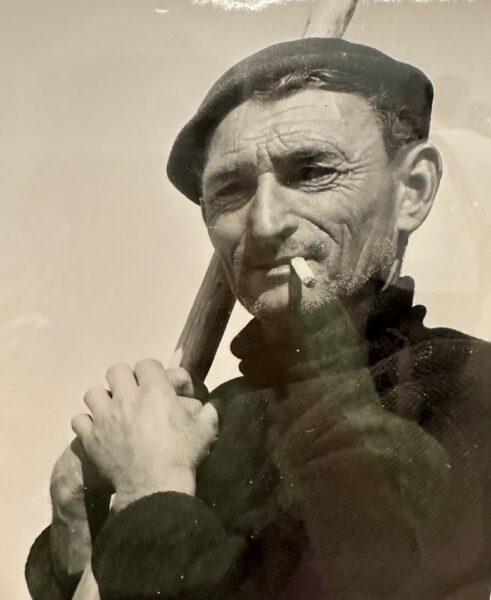
Agnès Varda
She selected 108 images of the district of Pointe Courte which she assembled on nine sheets of paper, allowing her to visualize shots and frames which she details in her script. At Luma Foundation in Arles Hans Ulrich Obrist is also dedicating a large space to the filmmaker. (See here the last interview of Hans Ulrich Obrist and here an other interview of Agnes Varda).
Scrapbooks
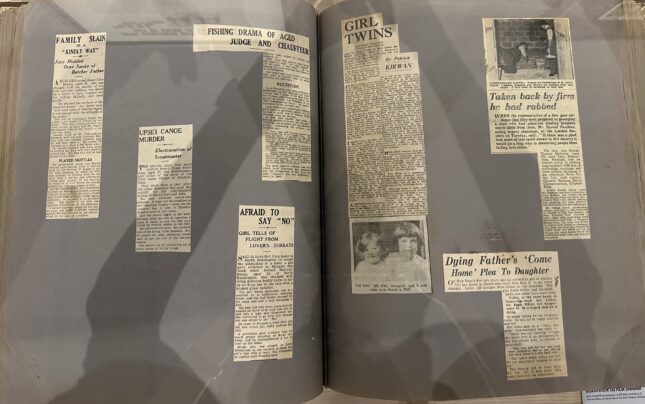
Stanley Kubrick
At the Espace Van Gogh, the film historian Matthieu Orlean is leaning over the Scrapbooks, the diaries and assorted notebooks that bring together the ideas of filmmakers to the point of becoming a model of cinematographic construction. He opens one that belonged to Agnès Varda and unveils other production secrets such as those of Stanley Kubrick, who cut out a newspaper article talking about twin sisters.
The twin girls from Shining
This is where the idea was born for the two identical twin girls that feature in his horror film The Shining from 1980. Unless he had been inspired for this terrifying apparition by an image made by the genius American photographer Diane Arbus in 1967, “Identical Twins”.
Diane Arbus
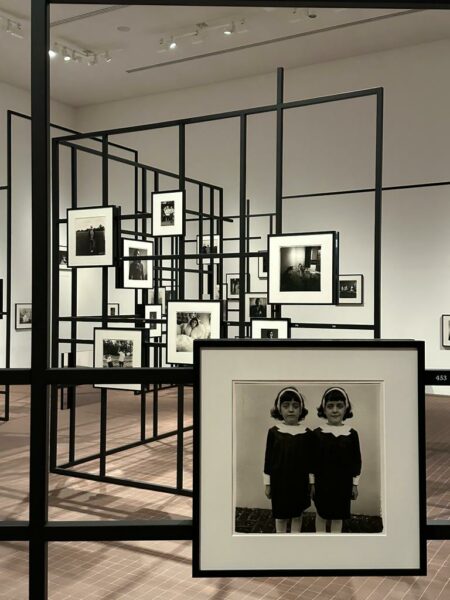
Diane Arbus
Coincidentally, this image is also currently on view in Arles at the Luma Foundation as part of an extraordinary exhibition on Arbus comprising 454 shots. A show not to be missed on the Arlesian circuit. Whether they belong to Kubrick or Arbus’s repertoire, the identical twin sisters are now inscribed in collective memory.
Les Rencontres d’Arles. Until 24 September. www.rencontres-arles.com/
(1) It is currently available to view also on Arte: www.arte.tv/fr/videos/098134-000-A/casa-susanna/
Support independent news on art.
Your contribution : Make a monthly commitment to support JB Reports or a one off contribution as and when you feel like it. Choose the option that suits you best.
Need to cancel a recurring donation? Please go here.
The donation is considered to be a subscription for a fee set by the donor and for a duration also set by the donor.

